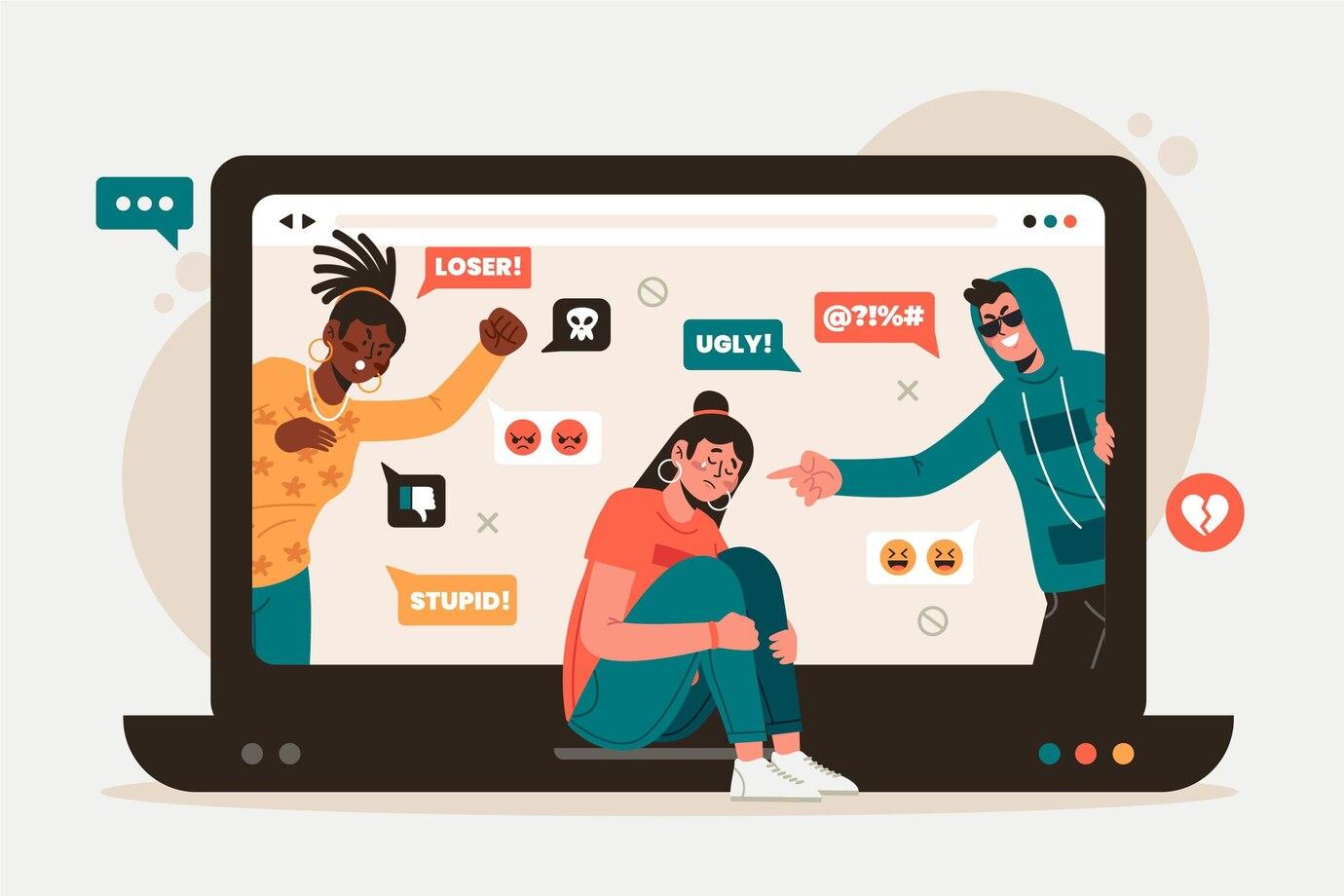In recent years, deep learning and artificial intelligence technologies have made great strides forward, leading to concepts such as deepfake. Deepfakes are synthetically created content that can deceive viewers into believing the authenticity of an image or video. While deepfake technologies have various applications, unfortunately, they are also used by fraudsters to commit financial crimes.
The Concept of Deepfake
The term "deepfake" comes from the combination of "deep learning" and "fake." It is artificial intelligence actively used to create videos or audio where people say or do things that never actually happened. Programs that generate deepfakes study a large amount of video material of specific people and create their accurate visualizations in new, often compromising or shocking situations. This technology opens up a wide range of possibilities but also creates new threats.
One of the most common ways fraudsters use deepfakes is through fake videos. They can create a video where, for example, the president of a company admits to fraud, or where a high-profile person urges people to invest in a non-existent project. These videos look as if they were recorded by real people, allowing fraudsters to easily mislead trusting users.
Such videos can be used to create panic in the stock market, manipulate stock prices, or directly steal investors' funds.

Fake Calls with Deepfakes
Today, there is already technology that allows for creating audio files that mimic a person's voice based on their recordings. Fraudsters can use this technology to call a victim, pretending to be an acquaintance or even a bank representative. Often in such calls, emotional manipulation occurs, for example, the fraudster may mimic stress and panic to push the victim into making a quick decision.
This kind of fraud is becoming more common as fraudsters can use large databases containing personal information about a person, thus further increasing the likelihood of a successful scam.
Financial Scams with Deepfakes
Deepfakes have quickly become one of the most recommended tools in the arsenal of financial criminals. Fraud through fake videos and audio can have catastrophic consequences for businesses and individuals. Let's take a closer look at the main forms of financial scams associated with the use of deepfakes.
Artificial intelligence allows modern fraudsters to significantly ease tasks that previously required considerable effort. For example, creating content using deepfake software requires only a small group of video clips to make it believable. As a result, the process of fabricating information has become much simpler, and fraudsters can use it to create highly realistic fakes.

Deepfake Identity Theft
Identity theft is another threat associated with the use of deepfakes. Fraudsters can create a fake profile of a person on social networks or other online platforms, which can allow them to access the victim's personal data. Using deepfakes to create videos or images capable of deceiving the victim's friends and acquaintances, fraudsters can mislead others and manipulate them.
Modern technologies allow for creating entirely unique puppet personalities that can interact with users online. In this context, fraudsters can use deepfake to create, for example, videos where a fake account presents itself as a person known and respected in certain circles.

Deepfake in Banking Fraud
As banks and financial institutions actively adopt digital technologies, fraudsters use deepfakes to conduct fraudulent transactions. Fake video calls are sometimes initiated to verify a client's identity. Attackers can impersonate bank employees, using well-edited deepfakes to fraudulently gain access to bank accounts.
This kind of fraud has become especially dangerous because not every financial institution can adequately assess the truthfulness of information presented in video calls. Moreover, using software that encrypts user data creates additional challenges in detecting and preventing such crimes.
Fake Negotiations with AI
Fraudsters have also started using deepfakes to create fake negotiations. For example, they can synthesize the voice and video of a company representative to contact a potential victim and lure them into complex financial schemes. In such a scenario, fraudsters can imitate successful businessmen or influencers to convince the victim that the investments are safe and profitable.
Such scenarios may even include synthesized fake conferences, where attackers can create a counterfeit meeting with scientists or experts in a specific field, creating the illusion of consensus-driven achievement.

How to Protect Against Deepfakes
With the increase in fraud cases using deepfakes, it is necessary to develop protection methods. There are different approaches that can help users protect themselves from financial scams using this technology.
One of the first steps in combating the deepfake threat is education. Knowing that video and sound can be faked can help people be more attentive to the information they receive from dubious sources.
It is also necessary to use technologies to combat fraudsters. In recent years, special tools and programs for detecting deepfakes have appeared on the market. This can include analyzing videos for incorrect shadows, strange proportions, or other anomalies.
When interacting with other people in the digital space, especially in financial matters, it is useful to always verify the authenticity of identities.
Deepfakes are a powerful tool that can be used for both good and evil. Understanding the threat they pose in the financial sector is extremely important. Being aware of how fraudsters use this technology for financial crimes, users can significantly reduce risks and avoid traps set by attackers.
